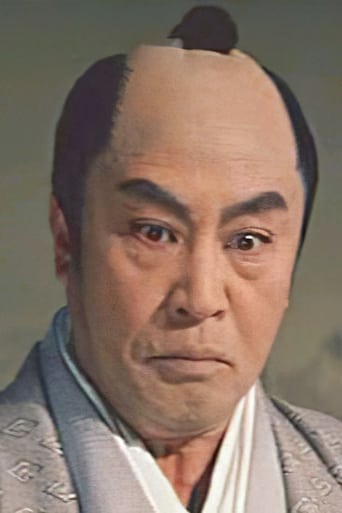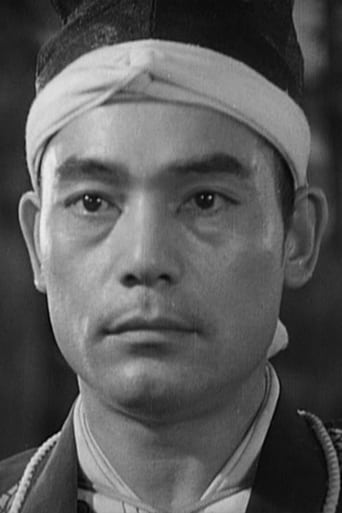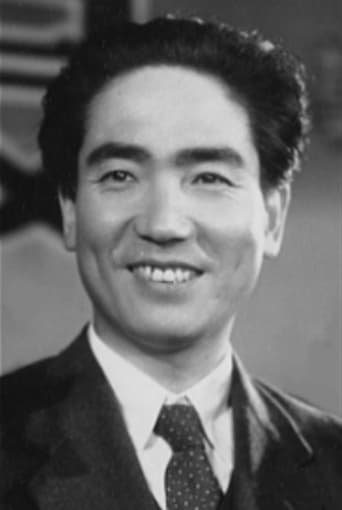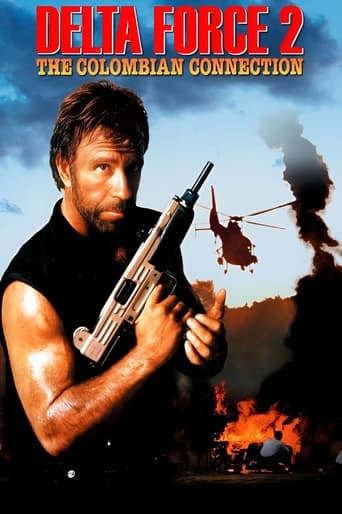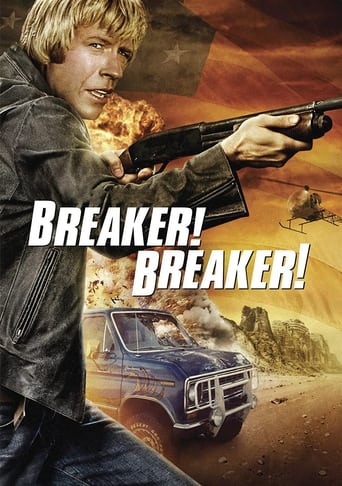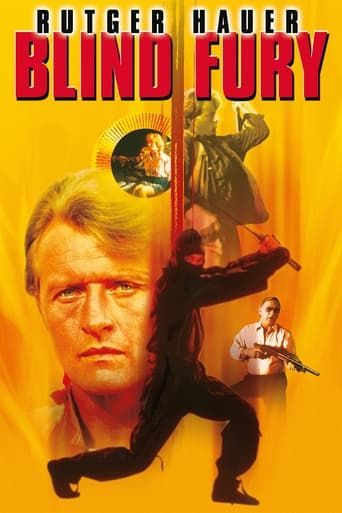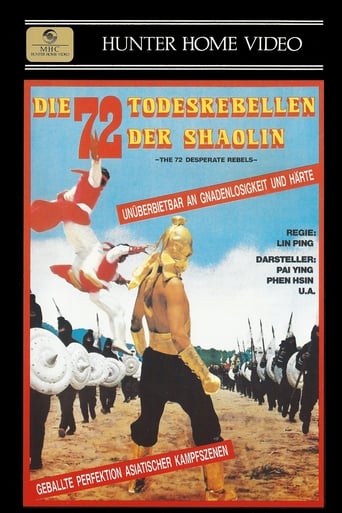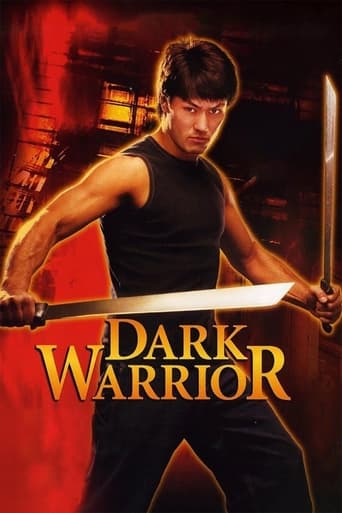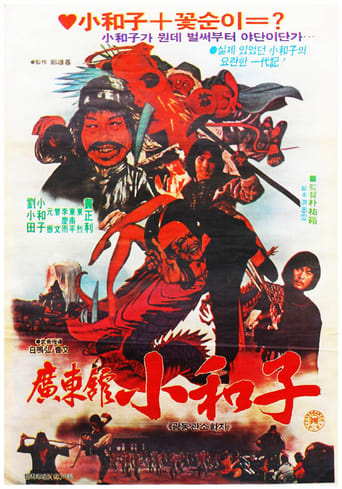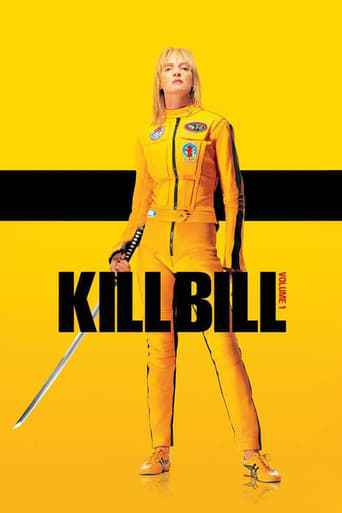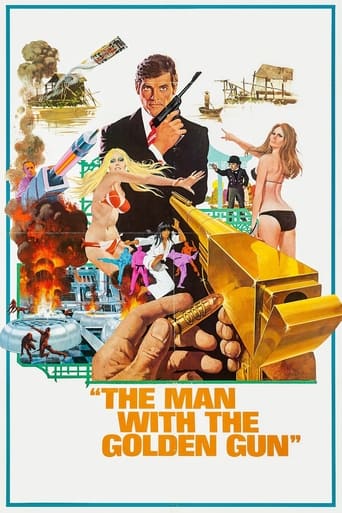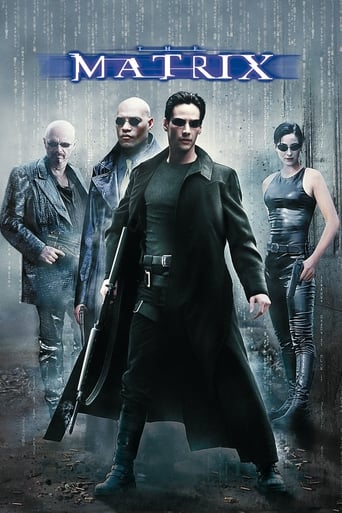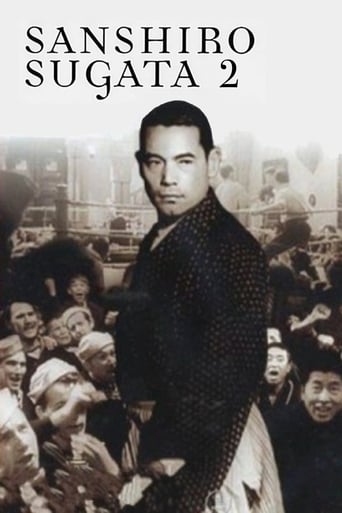
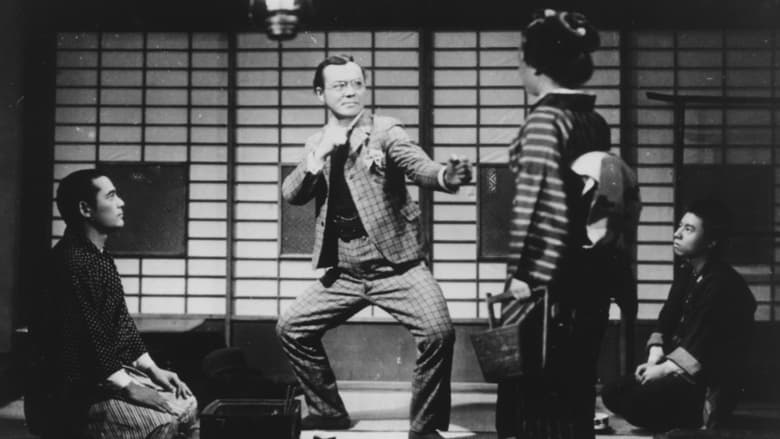
Sanshiro Sugata Part Two (1945)
In this government-suggested sequel, Sugata again grows as a judo master, and demonstrates his (and by extension, all Japanese) superiority to the foreign warrior.
Watch Trailer
Cast


Similar titles
Reviews
recommended
just watch it!
Good story, Not enough for a whole film
It really made me laugh, but for some moments I was tearing up because I could relate so much.
The martial arts are so dominant in Asian cultures. Kurosawa uses them in most of his films. This is the sequel to his first film, starring the same actor and character. It is rather talky. For some reason there are American sailors all over the place (I haven't had the time to investigate why so many were there in the time period shown). They have brought their great boxer, I suppose, to make them look idiotic, using fighting for profit rather than as a spiritual endeavor. Sugata is a folk hero and carries a lot of weight. When he sees a fellow martial arts expert beaten to a pulp, he feels he must do something to bring respect. Along the way, he becomes so famous (like a successful gunfighter) that the negative element wants a piece of him. There is just something lacking in this and is not the best Kurosawa (although he certainly was learning).
WARNING! If you haven't seen this film yet, or the prequel for that matter, you will NOT want to read this review.This film may be an artistic failure, but it is a very intriguing one.Thematically, there is little that is new. It's a thinly disguised remake of "Sugata Sanshiro." The intrigue lies in the way Kurosawa disguises that fact. It's a window into his creative process.Kurosawa adds only two elements to the plot: the young rikishaman Daisaburo and (important) the crazed Higaki brother Gensaburo. More on these later.Visually the film is quite appealing. Instead of his trademark wipes AK uses dissolves to good effect on a few occasions, as when Sanshiro and the priest engage in zazen (sitting meditation.) The dissolve shows the priest still upright and Sugata sprawled on his back, fast asleep. of course there is also the famed series of multiple exposures showing without words the increasing confidence and skill of Daisaburo (well played by the unknown Ko Ishida.) The scene in which Gennosuke and Tesshin (both played by Ryonosuke Tsukigata) meet is well handled by doubles and precise editing, without split screen or multiple exposure.Susumu Fujita's performance is superior to his effort in the original. And this time he displays real judo ability, in the series of throws he applies to Ishida in the training scene, and a well-executed ukemi (breakfall)while he is studying Gennosuke's karate manuscript.The fight scenes are uneven at best, and the climactic fight between Sanshiro and Tesshin drags on far too long. (Compare it with the concise end fight in Part One - a couple of rolls in the grass, and suddenly Gennosuke has our hero in a lapel choke.) But the first sequence in the American embassy, showing Sanshiro's disgust with the spectacle of Western boxing, is superb from start to finish.Now back to the plot. It's hard to "get" this film if you haven't seen the first one, as every event in this film refers to the first one, except for the final scene in the cabin. A few examples: the rickshaw, Sugata's question "What is boxing?" (last time it was "What is Judo?"), the opening throw into water, the final throw down a hill, etc. The only change to speak of is Sugata's tokui-waza (favorite technique.) In the first film it was "yama-arashi", mountain storm in English, as its name implies a very violent throw. (Look what happened to all who received it in the first film!) This time it's "kata guruma", or shoulder wheel, a more controlled technique since the thrower need not release his grasp of the receiver. (This is the technique with which Hansuke Murai nearly beat Sugata in the first film.) Sugata uses this throw at least four times: on the American sailor, twice on Daisaburo, and on Tesshin in their duel. He uses the more potent yama-arashi only against the champion boxer nicknamed the "Killer", and therein lies the point. After killing several men in matches, he doesn't want to kill any more. (He warns the sailor, "you might get hurt" and looks for a place to dump him without permanent damage.) Daisaburo is a plot device to get the story moving, true, but the fact that Sanshiro agrees to teach him is a sign of maturity.What of Gensaburo? First he is a visual reminder that this is a sequel (two Higakis as foes instead of one.) Above all, Sanshiro defeats him with his spirit, without resorting to violence. As Lao Tzu put it, "to win without fighting is the acme of skill."This analysis may seem far-fetched. It is after all only one man's opinion. Kurosawa himself thought little of this film, and his biographers dismiss it as well. But an unprejudiced viewing unearths a lot of ideas here.And who knows? Perhaps the notion of telling the same story more than once led to Akutagawa's short stories and "Rashomon" - and all that came in its wake.A final thought: While this film touting the superiority of Judo over boxing was being made in Japan, a film touting boxing over Judo was made in the USA. It's called "Blood on the Sun" and starred James Cagney, a legitimate Judo black belt. A curious coincidence.
I saw the Kurosawa's first film, Sugata Sanshiro (1943), many years ago and was much impressed by the story and the spirit of martial arts, thus portrayed. It wasn't my introduction to Kurosawa, however, having already seen Seven Samurai (1954) and Yojimbo (1961).Now, having seen the sequel to Sugata Sanshiro, one thing is certain: full appreciation for the story within the first film and this sequel is only possible, in my opinion, if you are, in fact, a practitioner of martial arts also which I am, and have been for thirty years. Note that I'm not excluding appreciation of Kurosawa's skill as a director; that's something that everyone can recognize and applaud. Even with these early films, Kurosawa's trademarks are clear: long silences, tightly framed sets where action moves across and around it, long close-ups of faces, objects and such like, much face-to-face dialog, and music that is generally muted.This sequel is ostensibly about Japanese-American relationships in 1887, when Sugata is finally seduced into a match-up between himself and an American boxing champion. The film was made in 1945, soon after the Japanese surrender. Hence, the reason for that part of the story line is clear: even in the defeat of war, the Japanese martial spirit remains supreme. It is an understandable need on the part of Japan, and Kurosawa, at that time.However, Kurosawa, and others involved no doubt, must have realized that there was a problem: the essence of martial arts is defense, not offense. So, it's entirely uncharacteristic for a true martial arts student to actively search out a contest that he knows has usually one outcome only: death for one of the competitors. Hence, Sugata must be shown as weak and indecisive at first so that he falls from grace, in his own eyes, when he defeats the American, who, fortunately, is not killed.Sugata's salvation, however, as a true follower of the martial way, only comes when he meets the challenge of a karate champion in a fight to the death, during a winter storm on the side of a mountain. That fight scene is so realistic it's almost sublime: Kurosawa has captured exactly how two indomitable spirits stand and wait for the other to make the first move because the first mistake means death for one of them. Instead, the elements defeat both of them, with the karate master falling down a steep incline when Sugata tosses him over his shoulder. Honor for both, however, is assuaged: they spend the night in a hut together, where both recover from their efforts while the karate master's brother keeps watch.There's a crucial sub-plot with that brother that I'll leave you to discover because it's a turning point in Sugata's life that actually saves him from death. See this and you'll know why. And savor that final scene when Sugata wakes from his sleep to face a new day and, for him, a new beginning as a judo ka (judo student) and as human being. It's pure Kurosawa as only he could do...My only puzzlement with this story is the presence of karate students and practitioners in Japan in the 19th century. From the history I've read, karate was introduced into Japan only in 1922 when Funakoshi Gichin of Okinawa was invited to provide a demonstration in Tokyo. However, I'll bow to Kurosawa's better knowledge about his own country and society.If you practice martial arts, you should enjoy this film. If you're curious, I'd recommend you try to see both.
I have seen every Akira Kurosawa movie available on VHS or DVD and this is the first "bad" one among them. In fact, I will be so bold as to say I doubt he really directed it. His name is on the credits but I don't see a shred of him in the work. No environmentally framed shots, no contrasts of light and dark, no horizon dividing the frames. He must have done this one with a week of shooting time or a budget of 50 Yen. The comical fight between the Judo stylist and Karate stylist literally made me laugh out loud. It looked like parody. Nothing like the climatic fight in the first Sugata Sanshiro. Also the subtitles were apparently done by someone in China who could speak a little Japanese and a little English. They use the word "karate" for both karate and judo, and since the main conflict is between the two styles, you'd better pay attention to who's doing the the talking or you'll never follow the plot. The movie just about "braked" me.


